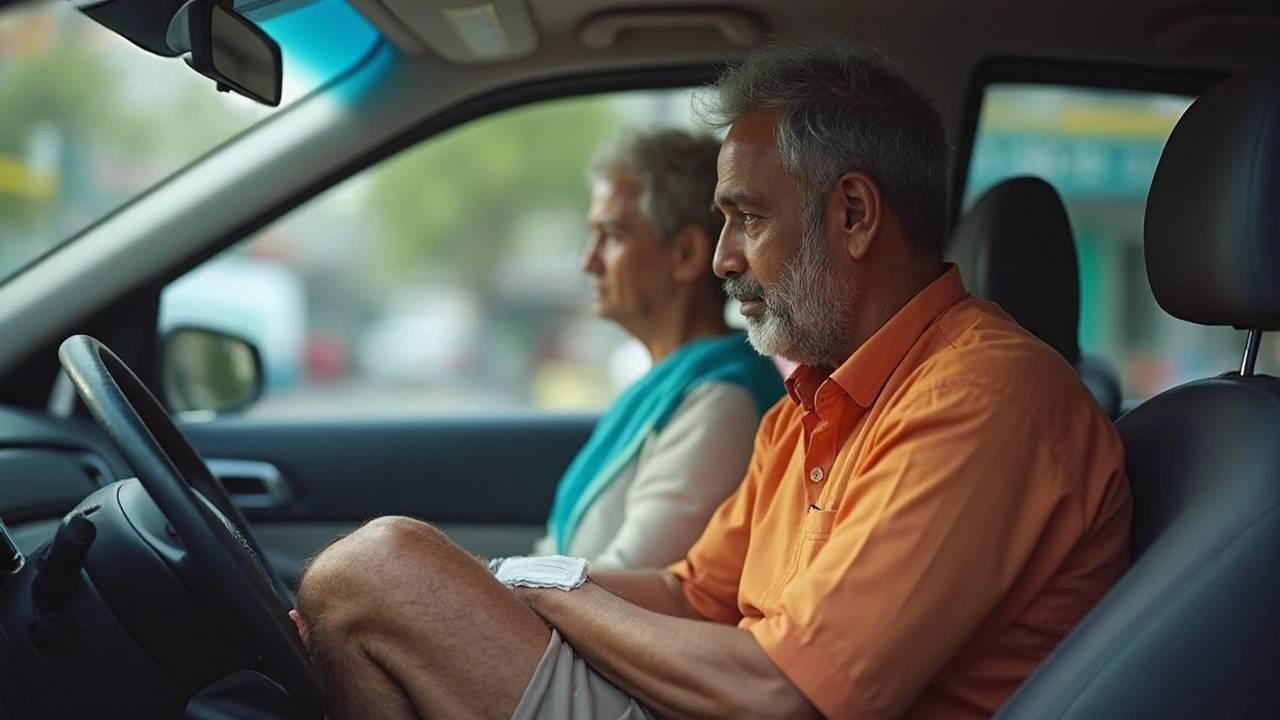Driving Safety After Surgery: What You Need to Know
Got out of the hospital and wondering if you can drive today? It’s a common question, and the answer depends on how your body feels, what meds you’re on, and the type of surgery you had. Jumping behind the wheel too early can put you and others at risk, but waiting too long can make life inconvenient. Below are the key signs that tell you it’s time to grab the keys, and the steps you can take to stay safe.
When Is It Actually Safe to Drive?
Most surgeons recommend waiting until you can perform a quick "test drive" in your driveway. Try turning the steering wheel fully left and right, pressing the pedals with both feet, and checking your reaction time. If you can do all that without pain, numbness, or heavy medication clouding your mind, you’re probably ready. For knee or hip replacement, many patients clear the test after 2‑4 weeks, but every case is different.
Medications are the biggest hidden danger. Opioids, muscle relaxants, and even some anti‑inflammatory pills can slow your reflexes or make you drowsy. If you’re still taking any of these, give yourself at least 24‑48 hours after the last dose before you consider driving.
Practical Tips for a Safer First Drive
Plan a short, low‑traffic route for your first outing. Avoid highways, busy intersections, and night driving until you feel fully confident. Adjust your seat so you can reach the pedals without stretching – a cramped position can cause jerky movements.
If you had ankle or foot surgery, consider using a foot brace or a hand‑controlled accelerator until the ankle heals. Some people find that swapping the gear stick for a temporary hand‑shift helps keep the injured foot stable.
Don’t forget to let your doctor sign a medical clearance form if your insurance or local law requires it. It’s a quick way to confirm that you’re cleared and can avoid future disputes.
Finally, listen to your body. If you feel any sharp pain, swelling, or a sudden loss of strength while driving, pull over safely and stop. It’s better to call a friend or use a rideshare service than to risk an accident.
Driving after surgery doesn’t have to be a nightmare. By checking your mobility, waiting out the medication effects, and taking a few extra precautions, you can get back on the road safely and keep your recovery on track.

